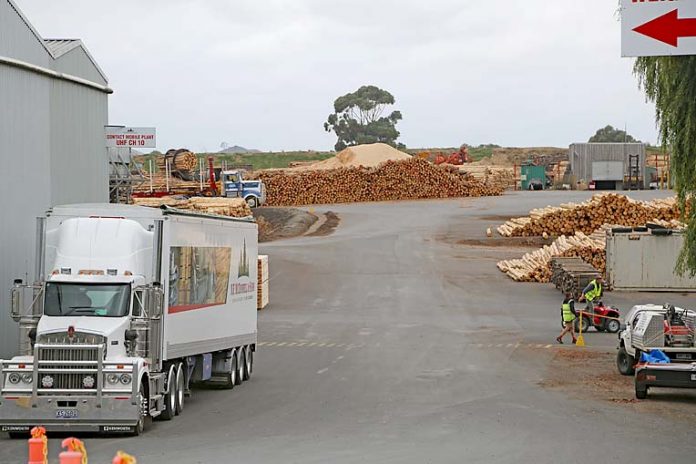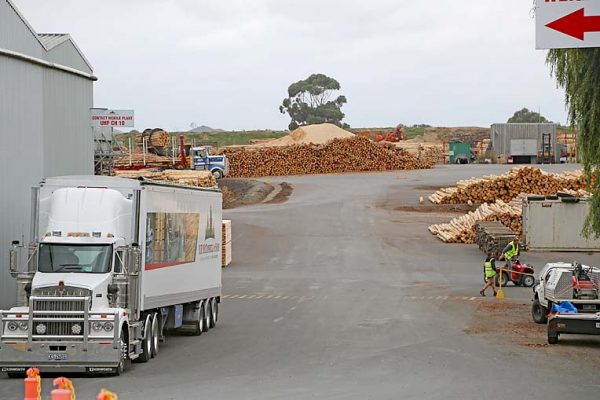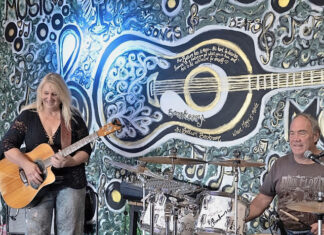

MOUNT GAMBIER businesses will be hit with electricity costs running in the millions of dollars as a result of January’s Victorian interconnector failure.
NF McDonnell stalwart Ian McDonnell said the timber mill was facing a “substantial bill” after the Heywood interconnector, which connects the South Australian and Victorian electricity grids, was damaged.
South Australian businesses, residents and generators will pay an additional $93m to cover the cost of stabilising the state’s electricity system after a storm triggered the interconnector to shut down on January 31.
Six major transmission towers in western Victoria were knocked out in the storm and South Australia, as well as Portland, was cut off from the national grid for most of February.
Alcoa’s Portland 500MW aluminium smelter, which consumes 10pc of Victoria’s electricity, was connected to the South Australian grid after the Australian
Energy Market Operator (AEMO) reconfigured the network to help with electricity supply.
In a release shortly after the storm, Energy and Mining Minister Dan van Holst Pellekaan said “the smelter may suffer irreparable harm” if energy was not redirected to the facility.
While Mr McDonnell said he understood the logic of helping the Portland smelter, he lambasted the South Australian Government as “careless”
in its approach.
“I sympathise for Alcoa, but for the government to make the decision to keep power going, but then the cost is borne by South Australia is not fair,” he said.
“Every household and business in South Australia will pay for this, which is going to be hard on the people who are already struggling.
“I think it is pretty careless by the South Australian Government to help out one party at the expense of everyone else.
“Our business will cop a substantial bill and we are aggrieved we have to pay.”
Member for Mount Gambier Troy Bell said another Limestone Coast business could face a power bill of $1.4m.
“AEMO, who regulate and control the market, are passing on the $93m cost to all South Australian power users through additional ancillary charges,” he said.
“It is ridiculous to know that AEMO controls the national power network and when that network fails, can arbitrarily pass on to their customers the rectification costs with no justification nor recourse.”
Mr Bell pledged to pursue the issue and said it was “incredibly unfair” to South Australian business owners and encouraged companies to contact him in the event of higher bills.
Mr van Holst Pellekaan said the $93m would “ultimately be paid for by South Australian electricity consumers”, adding it would have been avoided “if SA Labor had delivered on its 2002 promise to build an interconnector into New South Wales”.
“If South Australia had interconnection with NSW, the massive prices increases under the last years of the Labor Government would have been avoided and we would be exporting renewable energy directly into NSW,” he said.
“It’s time the State Labor Party ends its pathetic opposition to this vital piece of infrastructure and makes the interconnector a bipartisan project.”
Shadow Mining and Energy Minister Tom Koutsantonis hit back at the government, saying a second interconnector would not address the core issue of power generation.
“Building another interconnector will make us more reliant on other states and make us less self-sufficient,” he said.
“If one interconnector fails and South Australia is forced to pay for electricity, what happens when we rely on two interconnectors and they both fail?
“You pay double and that is expensive.
“It’s about time the government work out they won the last election and stop trying to blame us.”





